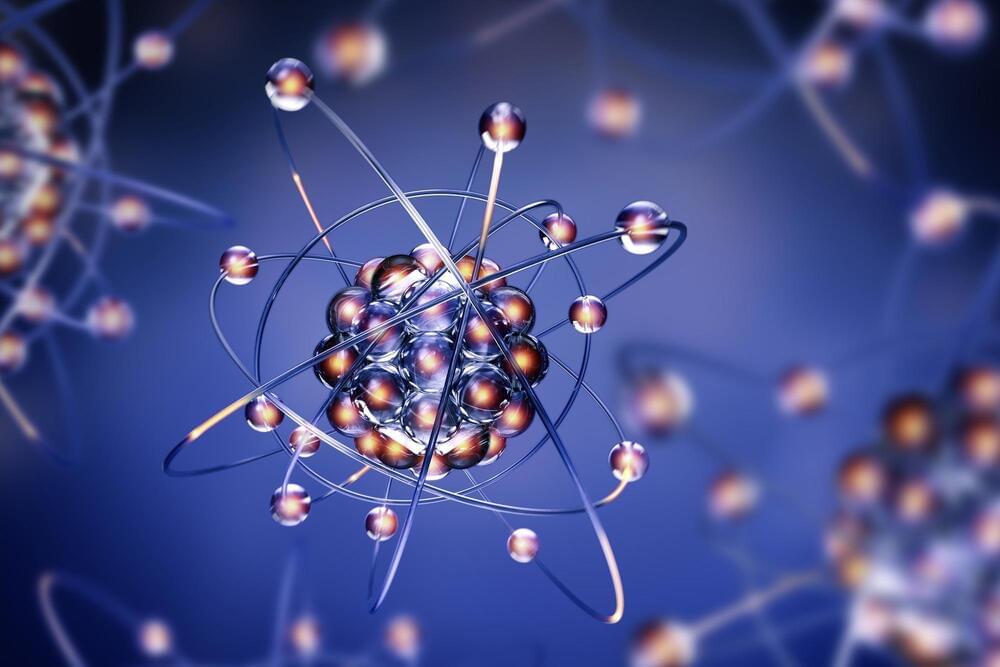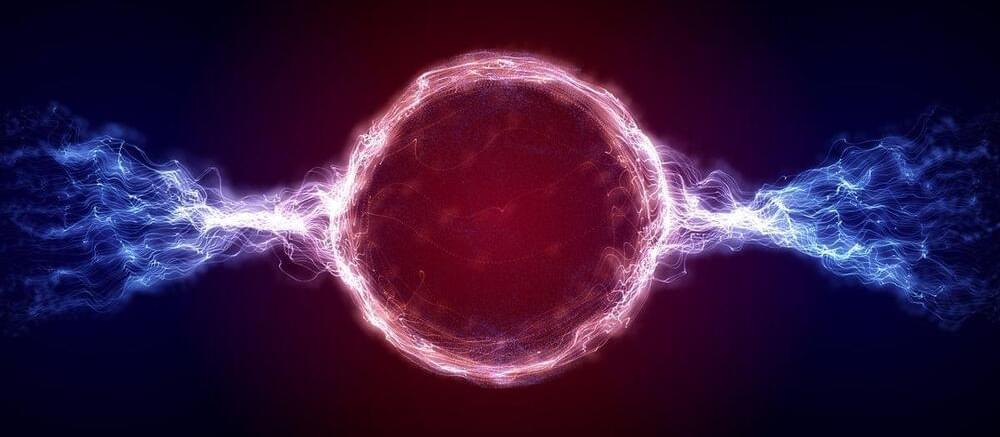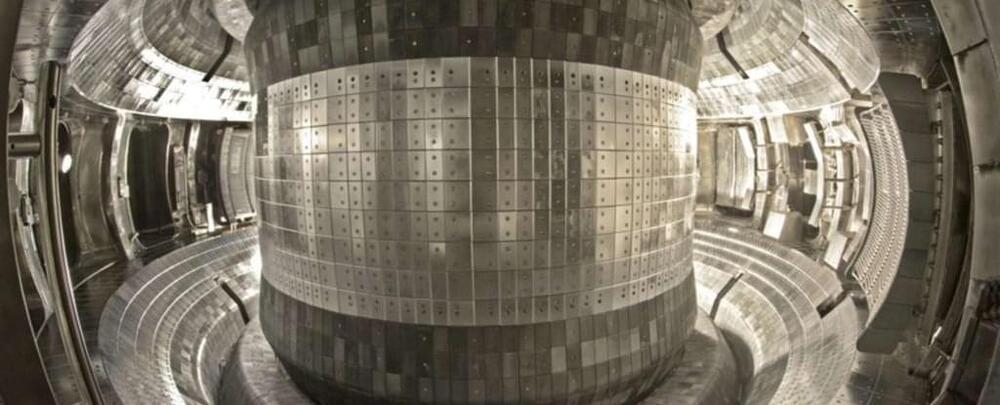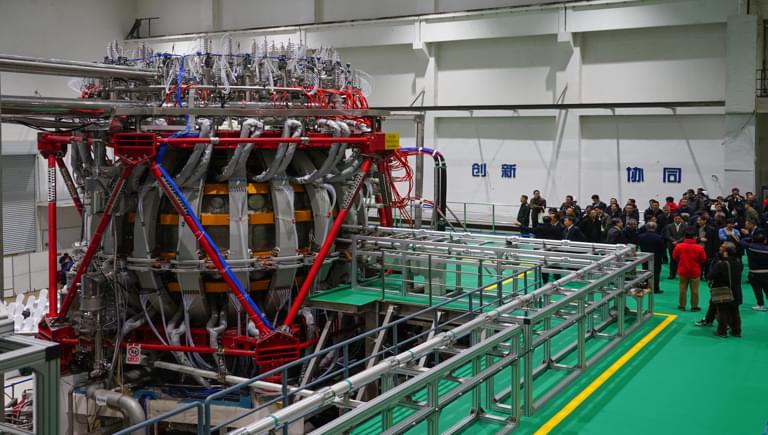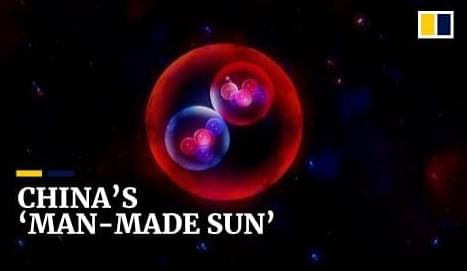👽 Many experts, for years, believe that the scientific community no longer has a way to hide it. Life outside the earth exists. 🛸VIDEO 🛸
O’Connell reveals that life is capable of surviving in environments inhospitable to humans. For this reason, he believes that life can be found in a lake of sulfuric acid, inside barrels of nuclear waste, in water superheated to 122 degrees Celsius and even in Antarctica.
Furthermore, he adds that Mars was once an ideal place for life. He believes that the presence of methane in its atmosphere is proof that extraterrestrial life existed there.
Obviously, this brings us closer to the theory that Mars, not only had life, but was able to adapt to survive in the climate caused by some nuclear disaster.
These words are the closest to a situation in which you do not want to mention. Also, what is wanted to be kept hidden: there could be life on Mars as on Earth.
That a recognized scientist ensures that we are at the gates of extraterrestrial contact is something incredible. In addition, he affirms it with a surprising bluntness.
That is why many experts, for years, believe that the scientific community no longer has a way to hide it. Life outside of Earth exists and we are about to contact it.
University of Melbourne researcher, Cathal D. O’Connell, assured that the discovery of life and its subsequent extraterrestrial…


